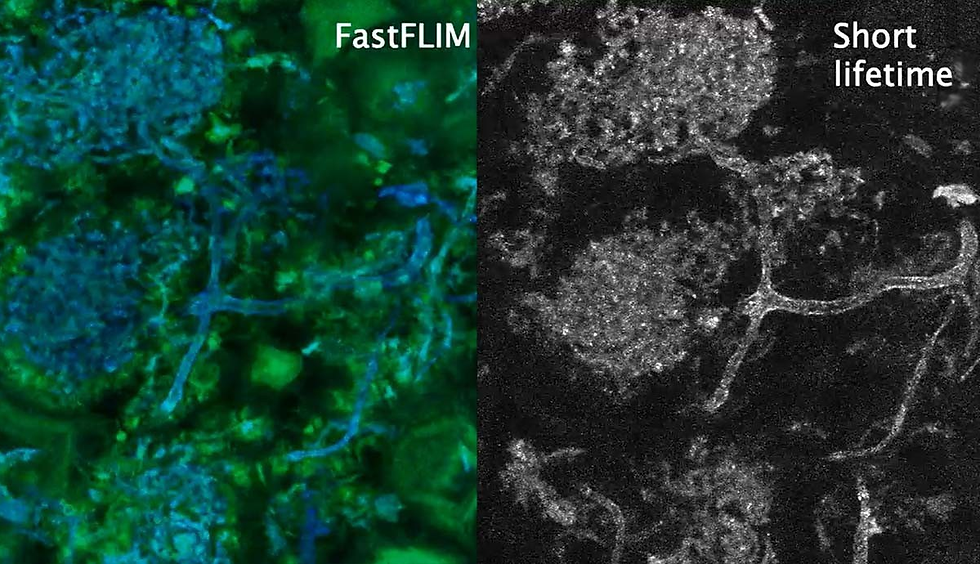Mycelium chosen for the development of a new housing complex in Oakland.
- Marc Violo

- Nov 24, 2023
- 2 min read
The Phoenix, a 300-unit affordable housing complex in Oakland, California, is at the forefront of a sustainable building trend known as "mycotecture." Mycotecture involves using mycelium, the root-like structures from which mushrooms grow, as a key building material.

The core of the Phoenix's buildings consists of mycelium composite panels, with a fiberglass cladding for weather resistance and additional infrastructure made from brick. Mycotecture aims to address the construction industry's significant carbon footprint, which contributes one-third of total CO2 emissions globally. Buildings, responsible for 40% of global carbon emissions, present a major opportunity for incorporating carbon-negative materials, such as mycelium.

Mycelium offers several benefits, including sustainability, carbon sequestration, affordability, and non-toxicity. It can be used in various ways, such as insulating panels or brick substitutes, and requires less heating and cooling, contributing to a quieter and more energy-efficient living environment. The Phoenix project addresses challenges related to mycelium's strength and durability by incorporating fiber-reinforced polymer into the mycelium composite. While mycotecture is still in its early stages, experts believe it is a crucial step toward decarbonizing the construction industry.

David Benjamin, the applied research lead on net-zero buildings at Autodesk Research, emphasizes the importance of reducing carbon in buildings while accommodating the increasing demand for construction. He highlights mycelium's potential and envisions broader usage in construction within the next decade. The material's lightweight nature and affordability make it suitable for applications like insulation and ceiling panels. To facilitate the integration of mycelium into the industry, Benjamin emphasizes the need for software infrastructure that allows architects and professionals to incorporate mycelium into their projects as easily as standard materials.

Other mycotecture projects are underway globally, with one in Namibia using mycelium to build houses while addressing an invasive species issue. The next three to five years are considered crucial for reducing emissions in the architecture industry, and the pace of mycelium innovation aligns with this urgent need.
The Phoenix project, set to open next year, serves as a blueprint for scalable mycelium housing projects, with Autodesk planning to share access to the systems developed for these endeavors. The goal is not only to demonstrate the current application but also to make it available for widespread use in the future.

[Images: courtesy Autodesk Research]




